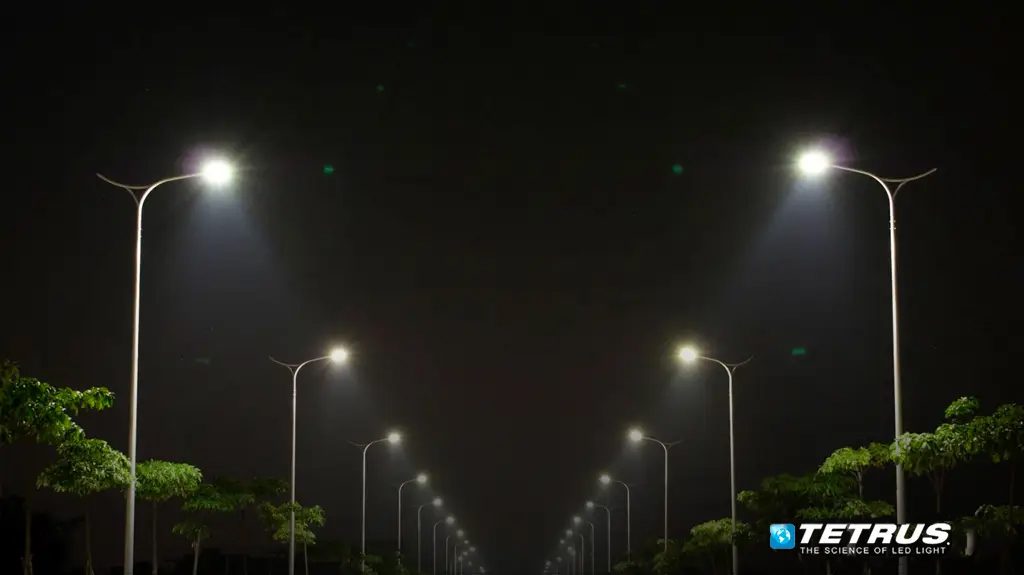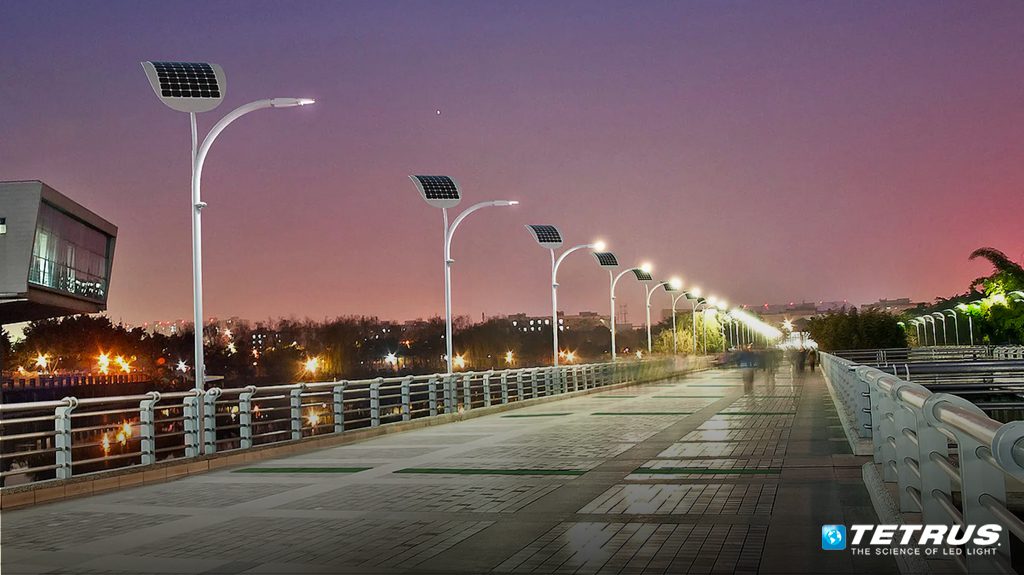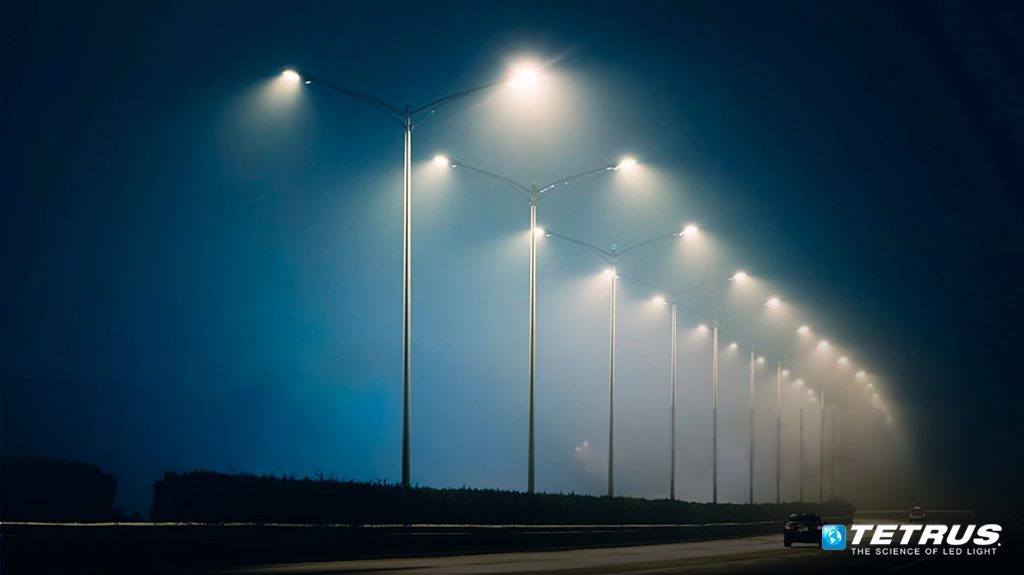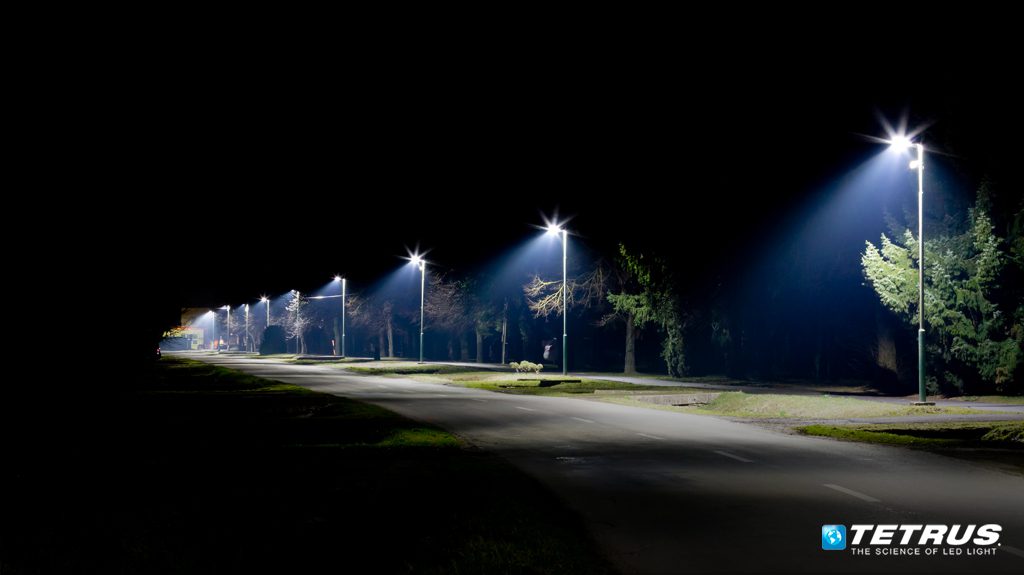In the realm of modern healthcare, creating a healing and comfortable environment is of paramount importance. The surroundings directly influence patients’ well-being, recovery rates and the overall hospital experience they find themselves in.
Light is a powerful tool among the myriad factors contributing to this environment. Specifically, LED lighting solutions have gained traction for impacting patient outcomes and staff performance positively.
In this article, we delve into the myriad benefits of hospital LED lighting solutions, focusing on the innovative Tetrus LED lighting system.
Experience Tetrus LED Brilliance Today!
The Impact of Hospital LED Lighting on Patient Well-Being and Recovery
The quality of lighting in a hospital can significantly impact patient outcomes. Hospital LED lighting, such as Tetrus LED lighting, has positively impacted patient well-being and recovery in outdoor spaces like parking lots, walkways, and entrance areas. Here’s how:
Reduced Stress Levels
Tetrus LED lighting provides consistent, bright illumination that helps reduce stress and anxiety among patients, visitors, and staff.
Enhanced Visibility
Improved visibility in outdoor areas contributes to safety and reduces the risk of accidents, ensuring a secure and comfortable environment for all.
Circadian Rhythm Regulation
LED lighting with the right color temperature can help regulate patients’ circadian rhythms, promoting better sleep patterns and overall well-being.
Benefits of LED Lighting in Hospital
Hospital LED lighting offers a multitude of benefits beyond patient well-being. These advantages make it an attractive choice for healthcare facilities:
Energy Efficiency
LED lighting is highly energy-efficient, leading to significant cost savings for hospitals in the long run.
Longevity
LED fixtures have a longer lifespan than traditional lighting technologies, reducing maintenance and replacement costs.
Environmental Responsibility
LED lighting is eco-friendly, emitting less heat and carbon emissions, contributing to a greener healthcare facility.
Challenges and Considerations
While LED lighting solutions offer numerous benefits for healthcare facilities, there are some challenges and considerations that hospital administrators and facility managers should keep in mind when planning their lighting upgrades. These factors are essential for ensuring a successful transition to LED lighting and maximizing the long-term advantages.
Initial Cost
One of the primary challenges associated with implementing LED lighting in hospitals is the initial cost. LED fixtures and systems tend to have a higher upfront expense than traditional lighting options, such as fluorescent or incandescent bulbs. Hospital budgets may need to account for this initial investment.
Return on Investment (ROI)
Calculating the return on investment for LED lighting upgrades is crucial. While LED systems are more energy-efficient and have longer lifespans, administrators must assess how long it will take to recoup the initial costs through energy savings and reduced maintenance expenses.
Design and Integration
Proper planning and design are critical when integrating LED lighting solutions into healthcare facilities. Hospitals should work closely with lighting designers and engineers to ensure that the lighting system aligns with the specific needs of different areas within the facility, such as patient rooms, operating theaters, and waiting areas.
Compatibility with Existing Infrastructure
Many hospitals have existing lighting systems and infrastructure that may not be fully compatible with LED technology. Upgrading to LED lighting may require rewiring or retrofitting, which can be a complex and time-consuming process.
Lighting Regulations and Standards
Healthcare facilities should adhere to strict regulations and standards related to lighting, including those set by organizations like the Illuminating Engineering Society (IES) and the American National Standards Institute (ANSI). Hospital administrators should ensure that their LED lighting solutions comply with these guidelines.
Best Practices for Implementing LED Lighting in Hospital Facilities
When implementing LED lighting solutions in hospital outdoor spaces, it’s essential to follow best practices to maximize the benefits:
Conduct a Lighting Audit
Start by assessing your hospital’s outdoor lighting needs and identify areas where LED lighting can make the most impact.
Choose Quality Fixtures
Opt for reputable LED lighting brands like Tetrus to ensure long-lasting, reliable performance.
Plan Proper Placement
Strategically position LED fixtures to eliminate dark spots and ensure even illumination.
Regular Maintenance
Implement a routine maintenance schedule to keep LED fixtures operating at peak efficiency.
Hospital LED lighting, exemplified by Tetrus LED lighting, is vital in creating a healing and comfortable environment for patients and staff. Its positive impact on patient well-being, energy efficiency, and compliance with healthcare regulations make it a sound investment for healthcare facilities. By following best practices in implementation, hospitals can harness the full potential of LED lighting to enhance the overall quality of care they provide.




